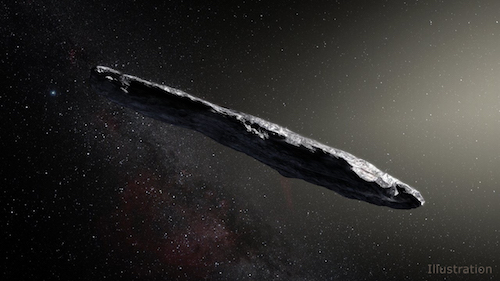LOOKING AT THINGS IN A DIFFERENT WAY
/Maybe you’ve heard the news about a new organ being discovered in the human body. After all of the centuries that human anatomy has been studied, how can that be? Because of a new scientific procedure that offered a fresh perspective.
While its status as an organ is still open to debate, it’s being called the interstitium, from Latin words meaning “between places”. It’s long been known that there was a lot of fluid between our skin and our organs, around the organs, and sometimes in pockets within them. The human body is sixty percent water, after all, most of it inside cells, but not all. The rest is considered interstitial fluid—liquids in between. But a new way of looking at tissues microscopically in a living body allowed researches to discover that there’s actually a connected network of fluid-filled sacs supported by a structure of collagen fibres (the protein in skin and many connective tissues). It was never seen before because when scientists prepared microscope slides of tissues, the process allowed the fluids to leak out and the sacs collapsed (think of a punctured balloon).
The authors of the new study claim that, because these in-between collections of fluid-filled sacs are connected, they likely function collectively and should be considered an organ like any of the others. It may be that the interstitium acts as a shock absorber to protect the organs from jarring movements. One of the things we know it does is to produce lymph, the fluid associated with our immune system and the source of white blood cells that battle disease. Gaining a better understanding of the interstitium as an organ should help us to better understand how diseases and cancer spread throughout the body.
Surprise! A new organ. Who’d have thunk it?
The lesson to take from this discovery, I think, is just how much can be accomplished by looking at ordinary things in a different way. The Hungarian physiologist credited with discovering vitamin C, Albert Szent-Gyorgi, said, “Discovery consists of seeing what everybody has seen and thinking what nobody else has thought.” Take Isaac Newton’s famous apple, for instance. For all of history people had seen things fall down. Newton was the first to wonder if all objects attract one another, and that strange idea led to our understanding of gravity.
Sometimes new technology makes the difference—the invention of the telescope is a perfect example—but even then the minds of Galileo and Copernicus had to make a leap that went against established thought. Dozens of inventions began with some kind of fortunate accident, but it took a flexible human mind to see the potential of the accidental result and turn it into something useful. (According to some, perhaps half of all discoveries involve something completely serendipitous.)
Scientific researchers and inventors may advance knowledge by seeing potential when things accidentally occur, but there’s one field of professionals who deliberately work to see the abnormal in normal things, and follow all of the implications.
Science fiction writers.
We ask the “what if” questions, and “if so, what then” and “what comes next?” It’s called “world-building” and “plot outlining” and just plain “daydreaming”. We’re not crazy, we just look at things in a different way. Properly harnessed, that can be a powerful force for good in the world. SF writers have sometimes been gathered together for temporary brain trusts involving specific subjects, but maybe it’s time for some farsighted CEO’s or political leaders to hire full-time teams of SF writers as advisors and analysts to describe the potential of technological developments or the possible implications of policy decisions.
Although, I guess there is another way to benefit from our specialized outlook.
Take a credit card to your favourite SFF bookstore and stock up.











